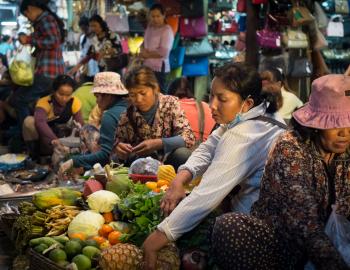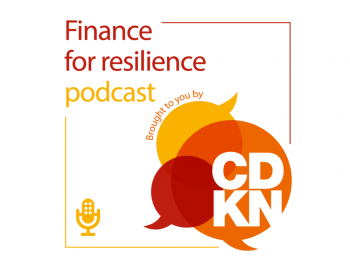Case study: Bangladesh Bank’s fund for a green garment sector
Case study: Bangladesh Bank’s fund for a green garment sector
This case study showcases the role played by the Bangladesh Bank in supporting the garment sector to become more sustainable through providing finance for environmentally-friendly machinery.
The garment sector is one of Bangladesh’s biggest economic contributors and is also the country's largest industry. However, the manufacture of ready-made garments is polluting and water-intensive.
In 2016, Bangladesh Bank, the central bank of Bangladesh, launched a $200 million Green Transformation Fund (GTF) to make finance accessible to export-oriented and leather manufacturing industries to purchase environment-friendly capital machinery.
Key messages from this case study include:
- The GTF has shown potential to introduce sustainability into the garment sector and shrink its carbon and water footprint.
- Bangladesh Bank’s well-structured framework for green finance demonstrates the important role central banks can play in promoting low-carbon climate-resilient development.
- Challenges related to the Fund have included the lengthy process for obtaining project approval. This is a major hurdle for private sector players, who also prefer more simplified funding for a wide range of sustainability measures, beyond just the import of capital machinery.
Photo: Women labourers work in a garment factory in Bangladesh. Credit: Shutterstock


